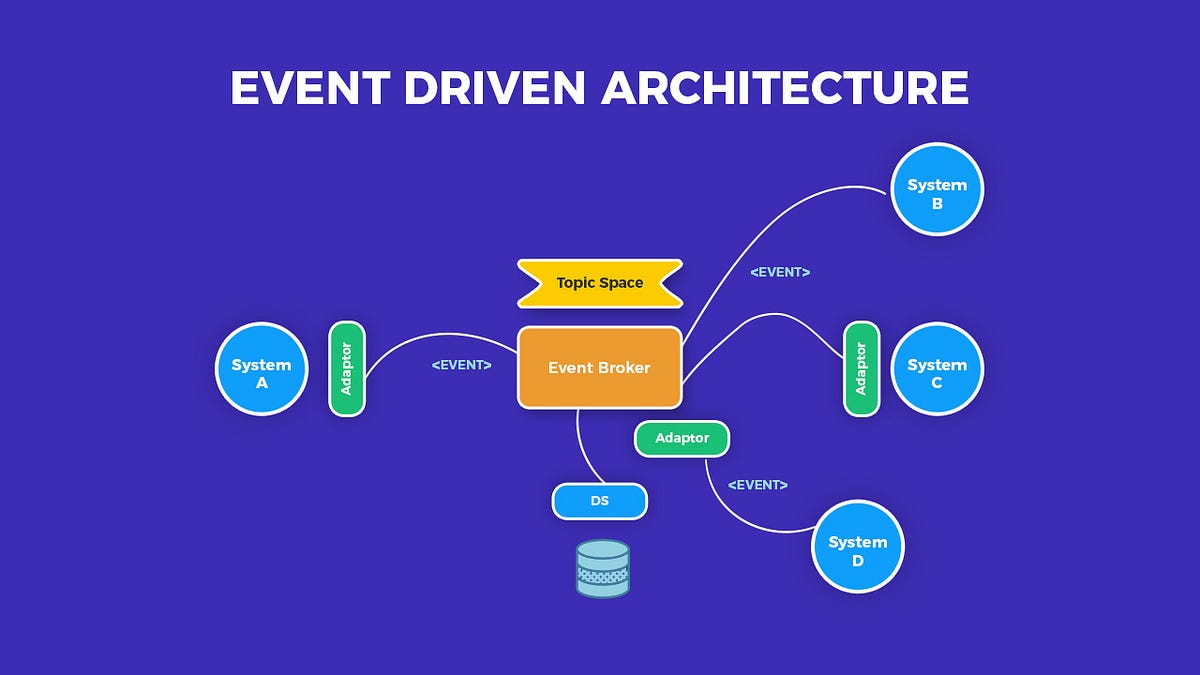Imagine hosting a grand banquet. Instead of preparing every dish yourself, you call in expert chefs who arrive, cook the dish requested, and leave once the plates are served—no kitchen maintenance, no staff overhead—just meals on demand.
Serverless functions work similarly. They don’t require you to manage servers or infrastructure. Instead, they “arrive” when triggered by events, execute the necessary task, and disappear once finished. This model makes them perfect for building lightweight, event-driven APIs that scale effortlessly.
Why Serverless Fits Event-Driven Architectures
Event-driven architectures are like domino chains: one action sets off another. A user clicks “buy,” and suddenly multiple processes—payment, confirmation, and notification—spring into motion.
Serverless functions excel here because they’re designed to respond instantly to such triggers. They spin up when needed, execute fast, and then vanish, keeping costs low and performance high. Unlike monolithic backends that must always be running, serverless thrives on unpredictability, scaling up or down based on demand.
Learners in a full-stack developer course often experiment with event-driven models using serverless platforms, seeing firsthand how APIs can be both reactive and cost-efficient without traditional server management.
Designing Serverless APIs Step by Step
Building a serverless API is like assembling a toolkit where every tool activates only when needed. The process involves several key steps:
- Identify the Trigger: Events such as HTTP requests, database changes, or message queue signals serve as the entry point.
- Write the Function: Each function is a self-contained block of logic that does one job—process a payment, validate input, or send an email.
- Connect to Services: Functions can call on external services like storage, authentication systems, or third-party APIs.
- Deploy and Scale Automatically: With platforms like AWS Lambda, Azure Functions, or Google Cloud Functions, deployment is simplified, and scaling happens invisibly in the background.
The beauty lies in simplicity—each piece is independent, but together, they form a responsive, scalable system.
Real-World Use Cases for Serverless APIs
Serverless APIs are not just theoretical—they’re everywhere.
- E-commerce Platforms: Processing orders, updating inventories, and sending confirmation emails.
- IoT Applications: Reacting to device signals, like turning on lights when a sensor is triggered.
- Data Pipelines: Cleaning or transforming data as it enters a system, without needing a permanent server.
- Chatbots and Notifications: Handling incoming messages or sending alerts based on user actions.
These scenarios highlight the agility of serverless. Instead of managing heavy infrastructure, developers focus purely on logic that delivers business value.
Challenges and Considerations
Like any approach, serverless isn’t without drawbacks. Cold starts—the time it takes for a function to “wake up”—can cause slight delays. Debugging and monitoring are also more complex since functions are distributed across multiple services.
Cost can also spiral unexpectedly if traffic surges and functions run excessively. That’s why careful monitoring and governance are essential.
Training programmes, including a full-stack developer course, often cover these nuances. They help learners design efficient solutions while avoiding common pitfalls, such as excessive function chaining or over-reliance on external services.
Conclusion
Serverless functions are reshaping the way APIs are built. By responding only when triggered, they strip away the burden of server management and make event-driven architectures accessible to businesses of all sizes.
From e-commerce to IoT, their practical applications are vast, offering agility, scalability, and efficiency. For developers, adopting serverless is like hiring an on-demand team of chefs—always ready to deliver precisely what’s needed, without the hassle of running the kitchen.
In a world where speed and flexibility define success, serverless functions stand out as one of the most powerful tools in the modern development toolkit.
